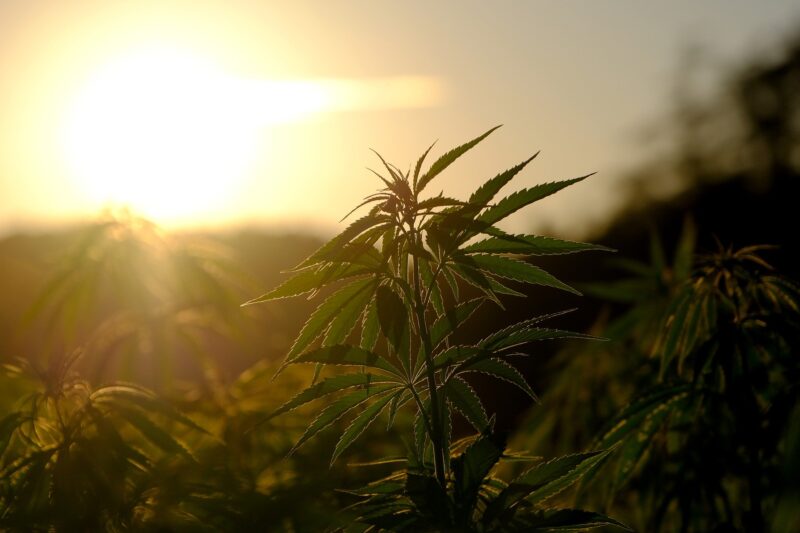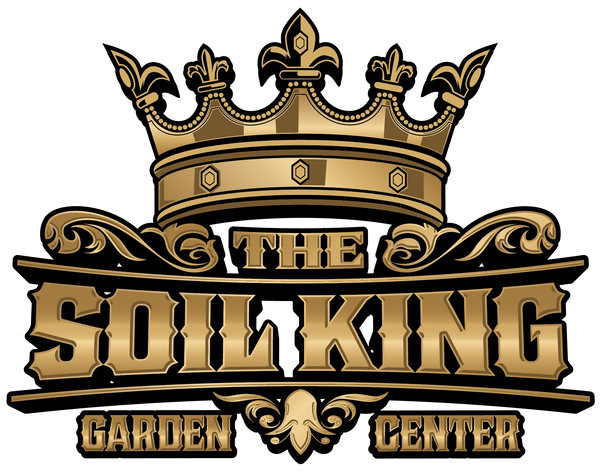
Adding Microbes To Your Garden
Originally printed in Skunk Magazine on July 22, 2020.
By James Driskill
Hey Skunk Mag readers, it’s James Driskill and I’m back to shine some more light on our microscopic buddies that look after our plants, and us too. Many of us have heard that the rootzone of a plant is analogous to our own gut microbiome. If our gut flora is disturbed or destroyed by things like antibiotics, disease, or an unhealthy diet, we suffer. It seems like more and more people are taking pro/prebiotics, changing their diets, and avoiding antibiotics unless absolutely necessary. Thankfully, many farmers are starting to understand and appreciate the role of microbes in the garden. Whether it is a home garden or a large scale producer, more and more of the green thumbs out there are sharing the wisdom that a healthy rhizosphere and phyllosphere are vital for cultivating superior cannabis medicine as well as growing nutritious food, aromatic flowers, strong trees, etc. Maybe the conventional approach was well intentioned but it has nonetheless been exposed for the destructive practice that it is. So let’s discuss how we can all work together to remediate some of the problems that have come along with standard agricultural practices.
Synthetic nutrients, tilling, heavy equipment, poisonous pesticides and herbicides have turned much of our soil into dirt. Dirty ol’ dirt doesn’t do diddly squat for plants. Well, actually, pesky weeds will grow alright in it but not much of anything that you want to grow can thrive in dirt. When soil is abused year after year to the point where almost all of the biology is gone, we get dirt. Dirt can’t hold nutrients, has no structure, and is prone to erosion and disease. When we add biology to dirt we start the process of changing it back into soil. You see, there are nutrients in that dirt, but those nutrients are bound up in compounds that are unavailable to plants. In soil, bacteria and fungi will break these compounds down and store some of them in their bodies. These tiny critters also build soil structure. Bacteria create glues that bind soil particles together and fungi hold micro aggregates together with their hyphae. Larger, but still teeny, dudes like protozoa and nematodes wander around and munch on these bacteria and fungi and drag and push stuff around in the soil. Nutrients are snagged by these microbes and hauled around the root zone like a fed ex truck making deliveries. So how do we get the biology back into the dirt and make soil? Let’s discuss some options.
If your native soil hasn’t been adulterated then there is probably already a lot of microbial activity present. It is still a great idea to add to this to increase certain populations and we will go over some options for that shortly. If you are using potting soil or soil that has been used for conventional ag farming, then there is going to be much less activity. Leaf mold soil gathered from old forests is Teaming With Microbes (BTW, this is a must-read book by Jeff Lowenfells). Compost is a good option however it can be difficult to find quality compost. Most of the municipal compost I’ve looked at is inferior if not harmful to your plants and yourself (I’ve gotten sick after testing compost from some big companies – stop touching your face James). If you don’t have a microscope then it’s going to be tough to determine if the compost contains the beneficial microbes that will help you and not the pathogenic busters that will cause problems. The same goes for worm castings and manures. It is impossible to tell if it’s good without a microscope or a long controlled trial. Both compost and castings can potentially create a thriving garden or a poor crop.
Always give it the smell test: if it smells bad it may make your plants sad. The best way is to make your own so you know what materials are used, but this isn’t possible for everyone. Once you find a quality source of microorganisms in leaf mold soil, compost, worm castings or another source, you can start making extracts (massaging a fine mesh bag of compost/castings/leaf mold while it is submerged in non-chlorinated water), actively aerated compost teas (adding aeration, agitation, and food to the water in the previous system in order to “brew” or grow more microbes), and Natural Farming style anaerobic cultures (dropping some local leaf mold soil in a bag with a little starch like potatoes and letting it sit in water for a few days). There is a learning curve to this stuff and it is easy to make mistakes when you first start making these microbial inputs. Another solution is to buy something that has been made ready for you. Many companies offer microbial products in a liquid or a dry powder form. These can be great ways to boost both populations and diversity. If you have a microscope (~$500) then you can experiment with creating your own compost/castings/extracts/teas and feel good about using the best possible inoculant. However, if you don’t have the time or interest in learning how to make these inputs, then check out a packaged microbial product like URB Natural, Great White, Fish Sh!t, Recharge, or my personal favorite (although I’m somewhat biased, hehe): Bio Harmonic Tonic.
If you are ready to grow like you mean it then let’s put these superstars to work. Your plants will thank you by praying all day and producing the best smelling and tasting flowers and fruit you’ve ever had. You will see far fewer bugs and diseases and your yields will increase. You will need less nutrients, less water, and less work to grow the healthiest plants possible. There are many more ways to add biology back into your media. For more information I highly recommend checking out Dr. Elaine Ingham. She has shared a wealth of knowledge on this subject and even offers courses in making microbial inputs. Please feel free to email me with any questions or if you have any cool methods for gathering and applying magic microbes into your soil. And remember, when we help each other and share our knowledge, we all grow together.
